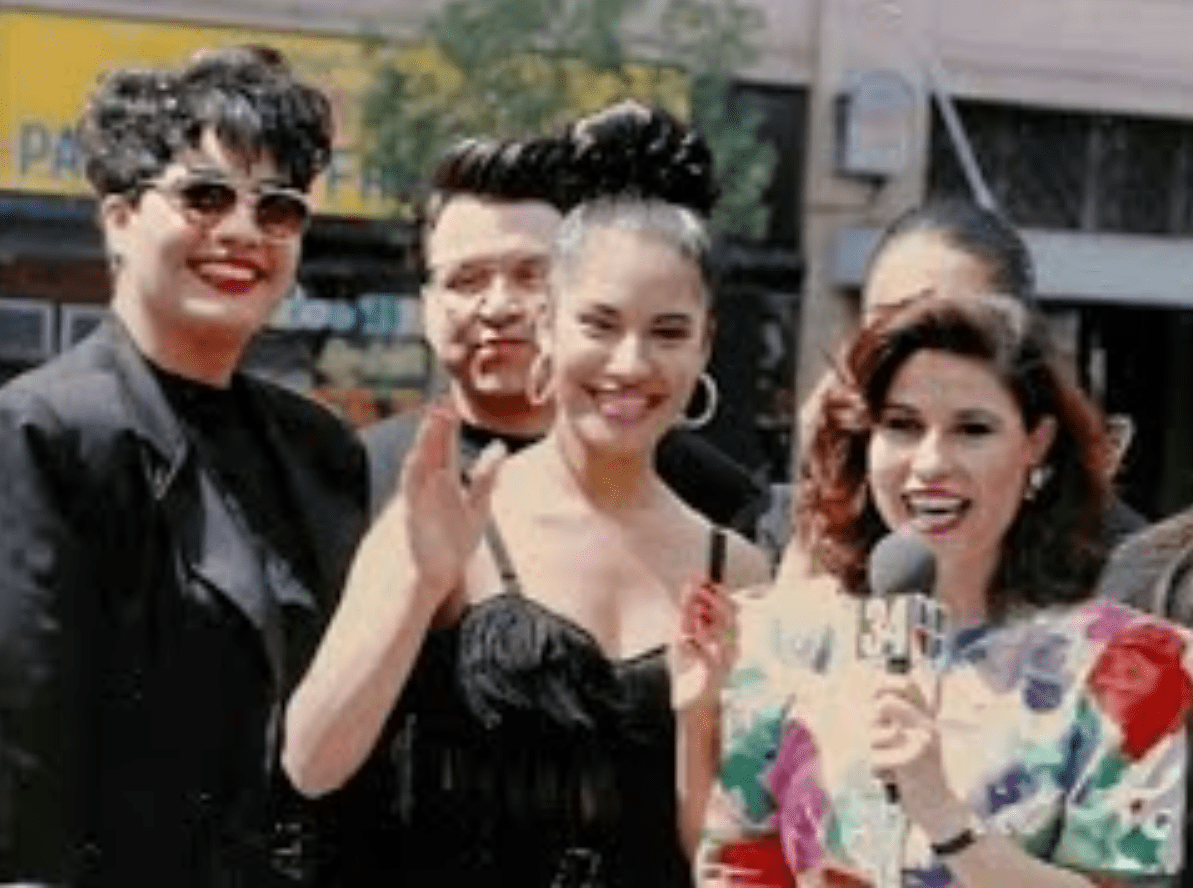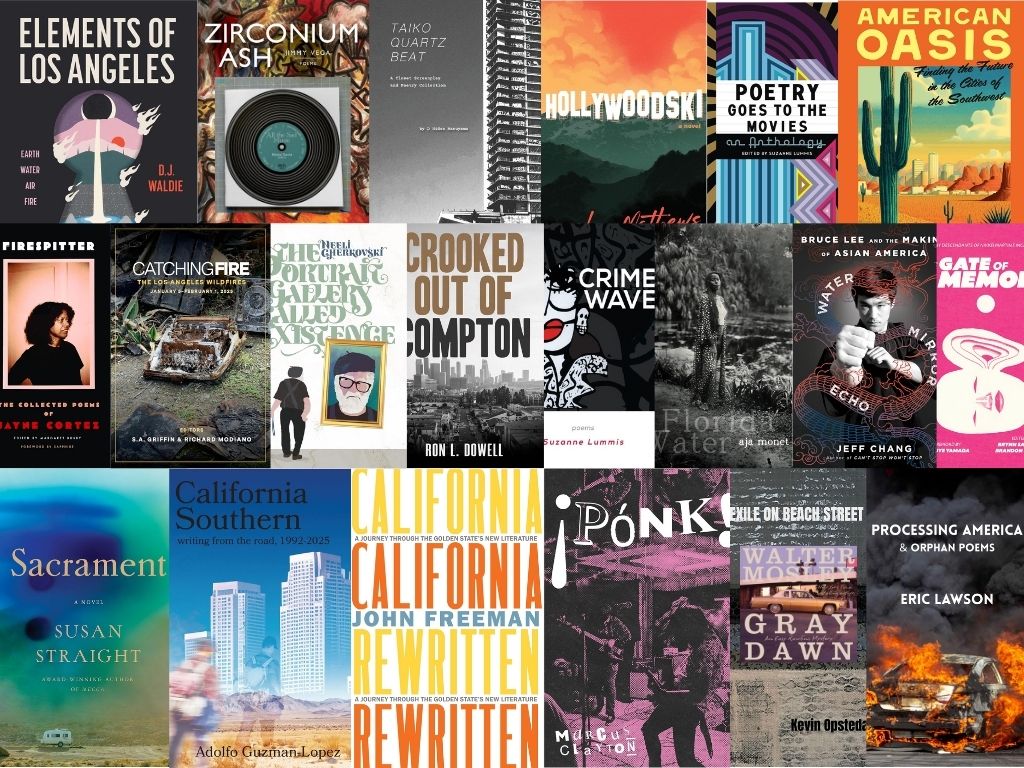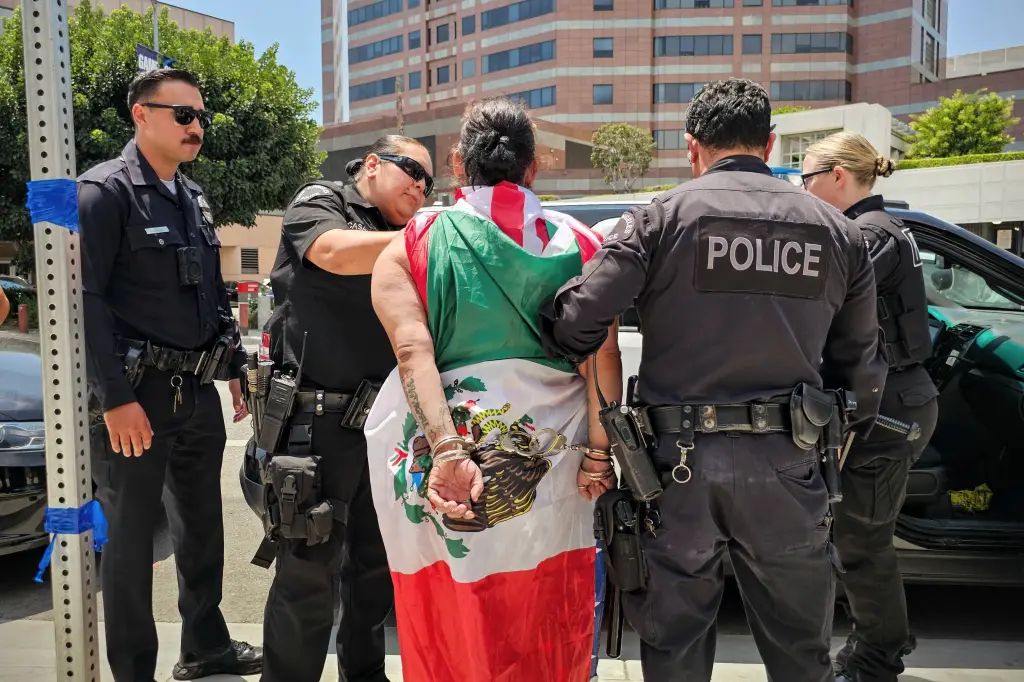
Welcome to our L.A. in the 90s Week, presented by Tecate, the official beer of L.A. TACO. Each day this week, we will bring you features and photo essays celebrating the best of L.A.’s 90s history.
[dropcap size=big]I[/dropcap]’m an inherently nostalgic person, despite my best efforts. Especially for a pre-gentrified Los Angeles of the 1990s.
Oftentimes, I find myself trying to conjure up memories of places that my parents would take me to as a child and try to reconstruct what each space felt like. Places such as Children’s Museum of Los Angeles in downtown or the nearby adjacent Gorky’s Cafe located in the Flower district where’d we go for breakfast. These were the type of places that I was brought to with often little context — although I probably didn’t even make the effort to ask — and find myself entranced by their ambience. These experiences served as universe-forming with their lasting impact on my view of the city of Los Angeles that is still very much felt today.
Fiesta Broadway is another one of those places for me.
For those unfamiliar, Fiesta Broadway was a free annual concert that takes place in downtown Los Angeles most every year. And it all began in 1990.
In its first year, Fiesta Broadway attracted 50,000 people to the streets of downtown. Billed at the time as the world’s “Biggest Cinco De Mayo celebration,'' the event featured music from Latin American musician forms around the globe, street food, and a carnival atmosphere for families.
In its second year, luminaries from popular genres of the era such as Xuxa from Brazil, Jose Jose from Mexico, Menudo from Puerto Rico, and Tito Puente, accompanied by Poncho Sanchez playing their signature Cuban salsa and jazz, all lit up the stage.
The sprawling 36 blocks venture attracted Latin Americans, many of which were immigrants who inhabited the city of Los Angeles and its surrounding areas to celebrate their impact on the city. Bringing in talent from around the world to share with each other, dancing and singing along.
In 1992, Selena performed at Fiesta Broadway only a week after the L.A. Riots.
When you watch these performances online, you can’t help but feel transported to that time, and what the general feeling of the people was like. The stretches of crowds seem to stretch back against the sunset-lit skyline, almost seeming to go on forever. At the time, downtown wasn’t as populated as it is today, so it was a draw for people in the area as their own space.
When my parents brought me downtown to Fiesta Broadway in 1993, I remember feeling overwhelmed by the number of people and vendors which lined the streets.
It felt endless.
I have no memory of seeing any performers that day. I mean that in all senses of the word. For one, the crowds made it difficult for our family, made up of two small children, to get close enough to catch a good view of any of the performances on the main stage; but also because I was physically too short to see anything above my almost waist eye level.
Whenever my mother recalls us attending a performance at one of the small stages my response was all I could see was a “bunch of butts.” The image of Latino men in their Levis and Wrangler jeans trying to catch a vibe of some of the magic day no doubt.
In 1994, in the 5th year, Fiesta Broadway was shut down due to a melee that broke out at the Power 106 stage. The LAPD fired rubber bullets to break up the crowd filled with families and children.
Despite that, Fiesta Broadway has continued its run through the 90s and 2000s with the likes of superstar acts like Thalia and Marc Anthony performing. As time passed, the crowds have dwindled and so did the block radius resulting in only about six blocks around City Hall in 2019.
Nowadays, Downtown Los Angeles itself looks much different because of the amount of people. High-rise developments dot the area along with shops, hotels, and restaurants catering to a new population. But it's easy to get lost in the memory of what once was.
The memories are haunting.







